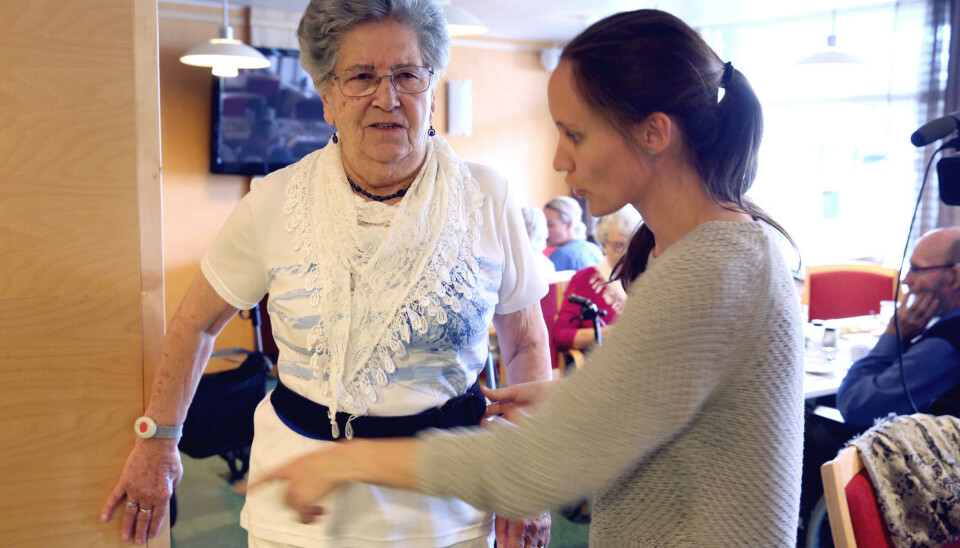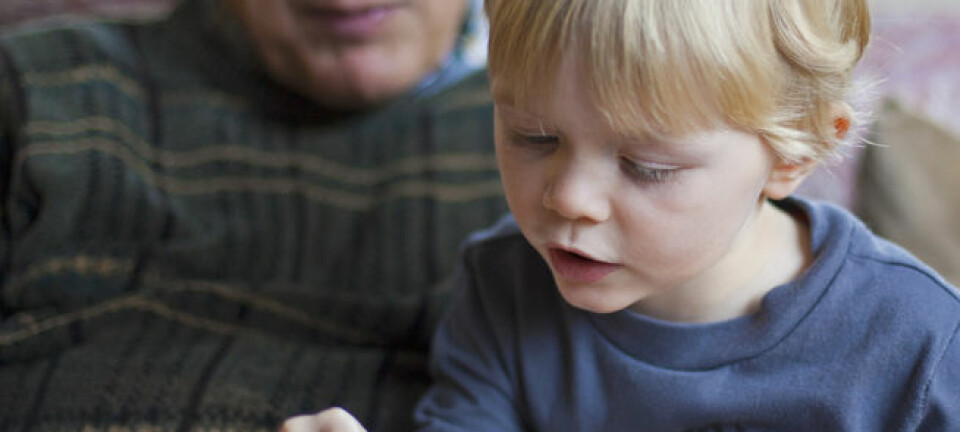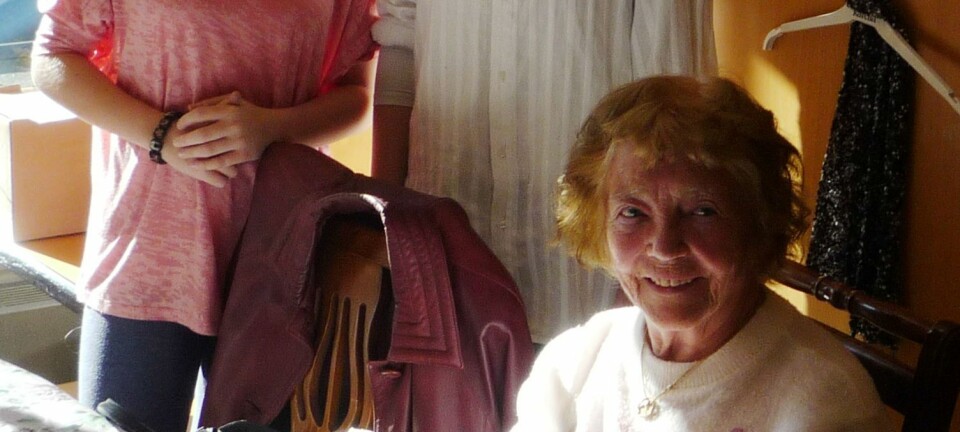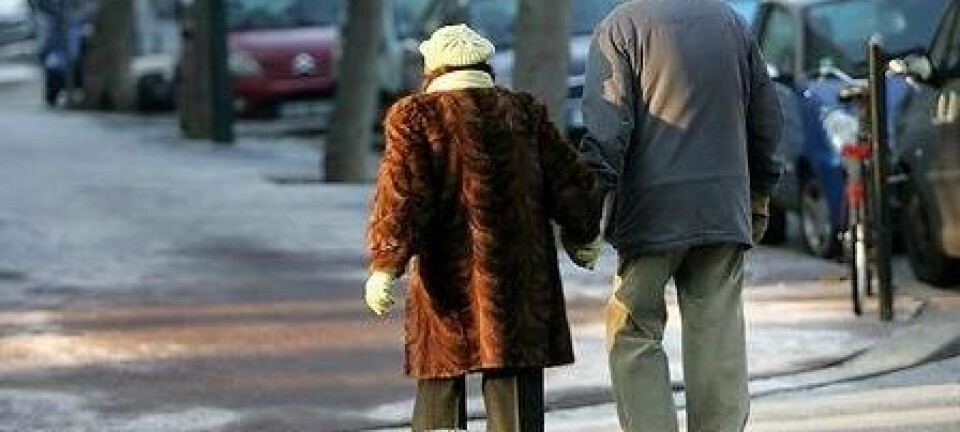An article from Norwegian SciTech News at SINTEF

Hip belt goes off when old people fall
If scientists get their way, we will soon be able to measure grandma’s acceleration. If she has a fall, that is.
Denne artikkelen er over ti år gammel og kan inneholde utdatert informasjon.
The new system will make life safer for older people and those at risk of falling. And the prototype is surprisingly simple – a mobile phone attached to a hip belt that can be programmed and connected to a fall algorithm.
The hip belt is attached to the person requiring the alarm, and the alarm is triggered automatically as soon as grandma is unfortunate enough to fall down the stairs.
The device is now being tested at different day care centres in the city of Trondheim, Norway.
Collecting data
“It sounds simple enough, but the real system will be somewhat more complex,” says Yngve Dahl, interaction designer and scientist at Sintef. He has specialised in the relationship between man and machine, and this has been helpful in this project.
The goal is to develop a separate gadget that is a little more practical and functional than a mobile phone sewn into a belt. Perhaps the sensor pack could be incorporated into a system that functions as a plaster, and which communicates with the user’s mobile phone.
However, the belt currently being tested plays an important role in the development process:
“Now we can test how our fall calculations relate to the real world, as opposed to the data set used today, which is based on fall simulations. Thus, a key part of this test is collecting realistic data on what happens when an elderly person falls in the real world. This work is being undertaken in close collaboration with the Institute of Movement Science at the Norwegian University of Science and Technology,” explains Dahl.
Movement and speed
The new data will be used to fine-tune the algorithms, which also involves measuring movement and changes in speed.
All this will provide us with a clear indication in the form of the automatic triggering of an alarm that something isn’t as it should be with a patient.
“The safety alarms currently in use require the user to activate the alarm. This is conditional upon the person being able to do so and, not least, that the person is wearing the alarm when the mishap occurs.
Equally, automation is a challenge. It’s very important to us that the system doesn’t create more distractions in an already busy day for nursing home staff. We must make sure that the device does not cry “wolf” when there’s no wolf,” says Dahl.
What about a built-in shock absorber – and GPS?
Dahl reckons that several solutions could be incorporated into the belt. One option would be to use GPS so that it also works outdoors. This would make it a lot safer for many people to move around outdoors on their own.
“Sintef is also working on the development of a hip protector, which will prevent hip and thigh fractures. We can envisage these two systems being integrated with each other,” says Dahl.
"The most important thing is for us to develop systems that not only work from a purely technical perspective, but which elderly people themselves are also prepared to use in practice.”
--------------------------
Read the Norwegian version of this article at forskning.no

































